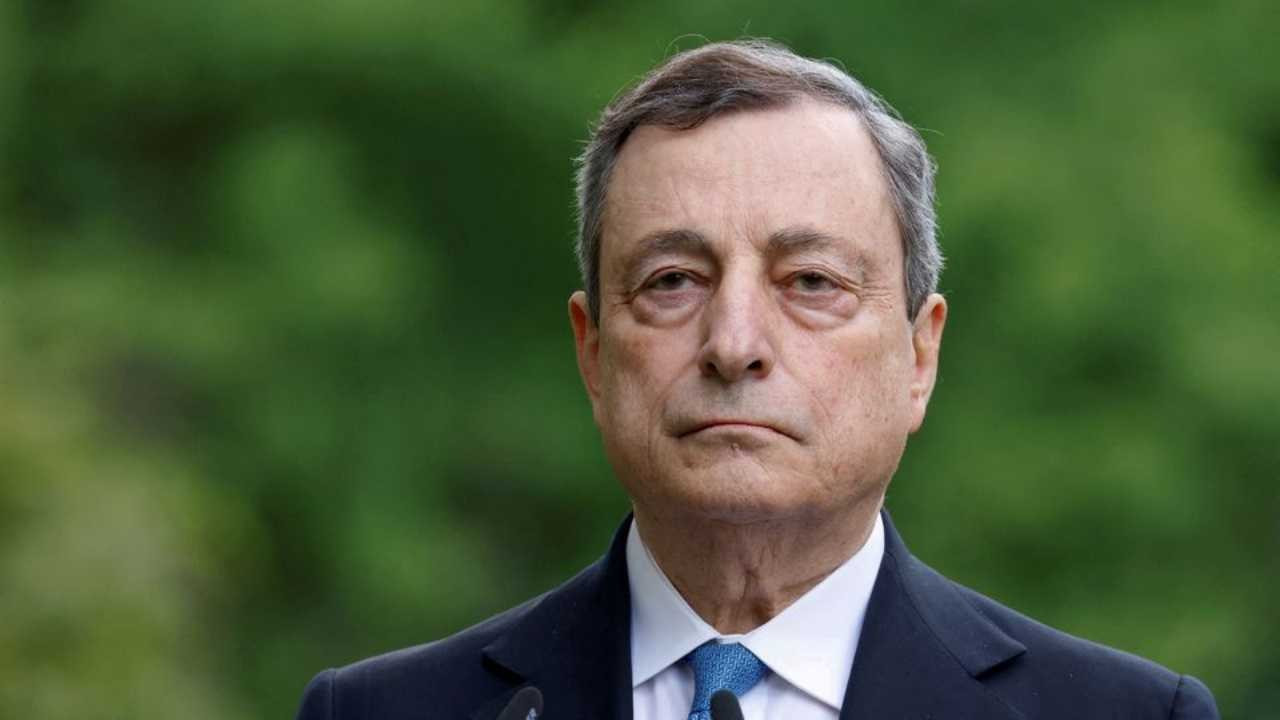Former European Central Bank President and Italian Prime Minister who 'saved the Euro': Who is Mario Draghi?
Became prime minister of the government of technocrats in Italy; but his mission did not last long. Here is the story of a technocrat who rose to the position of prime minister:

February 2021: After political parties could not find a solution to the government crisis in Italy, President Sergio Mattarella appointed former European Central Bank President Mario Draghi to form a technocratic government. Giuseppe Conte, the prime minister of the coalition government that has been in power since September 2019, submitted his resignation a week ago, and in the consultations that followed, the political parties could not agree on a new government formula.
Who is Mario Draghi?
Mario Draghi, who was the head of the European Central Bank between 2011 and 2019, is referred to as the "person who saved the Euro" in this period of the financial crisis in the Euro Zone.
Draghi is remembered for his promise to "save the Euro at all costs" during this period. The phrase "whatever it takes", which he uttered in a speech he gave in English in 2012, began to be associated with Draghi's name after that date and became popular in popular culture and graffiti.
As of 2022, 74-year-old Draghi also served at the Bank of Italy and the World Bank before he became the Presidency of the European Central Bank. Draghi is nicknamed "Super Mario" for his video game character, even though it contradicts his serious and corporate image, especially due to his combative attitude in the European political and economic world.
His personal history
Mario Draghi was born on September 3, 1947, in Rome.
After graduating from Sapienza University in Rome, Draghi earned a Ph.D. in economics from the Massachusetts Institute of Technology in 1976 under the supervision of Nobel Prize winners Franco Modigliani and Robert Solow. Between 1981 and 1991 he was a professor at the University of Florence. He served as the Executive Director of the World Bank from 1984 to 1990. He became general manager of the Italian Treasury in 1991 and remained in this position until 2001. During his tenure at the Treasury, he prepared a draft law regulating Italian financial markets, chaired by the Italian companies and financial legislation committee, which was revised. He was also a former board member of various banks and companies. He later became vice president and director of Goldman Sachs from 2002 to 2005.
Prime Ministry
After the government crisis that started in Italy on January 12, 2021, resulted in the resignation of Prime Minister Giuseppe Conte on January 26, 2021, he was tasked by Italian President Sergio Mattarella to form a technocratic government on February 2, 2021. On February 12, 2021, he formed a national unity government with the support of most of the right and left parties in the House of Representatives. He was sworn in on 13 February 2021 as Prime Minister of Italy.
Russia - Ukraine invasion crisis - February 2022
Draghi: Any EU sanctions against Russia should not cover energy
Stating that Italy is fully in line with the attitudes of other EU countries, Draghi said, "We are discussing sanctions with the EU and we have expressed our point of view. Sanctions should focus on a limited number of sectors as much as possible and should not cover the energy sector."
14 July 2022
Mario Draghi resigned; President Sergio Mattarella refused to resign and asked him to brief the upper house Senate and lower house House of Representatives on the government crisis and seek a vote of confidence.
Mario Draghi could not get a vote of confidence, so he insisted on his resignation.
President Sergio Mattarella said, "The government will remain in office for the conduct of current affairs."
September 2022
Italy used the election in favor of the extreme right: The right bloc passed 44 percent of the vote
The far-right Brothers of Italy Party (FdI) and the right-wing alliance led by it won the general elections held in Italy on September 18, 2022. The turnout in the election, in which 50.8 million voters had the right to vote, was 63.9 percent. This was recorded as "the lowest turnout in the history of the general elections in Italy".
In the 400-seat House of Representatives, the right alliance will be represented with 235 seats. In contrast, the center-left will receive 80 seats, the 5 Star Movement 51, and the Third Pole 21.
